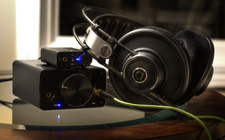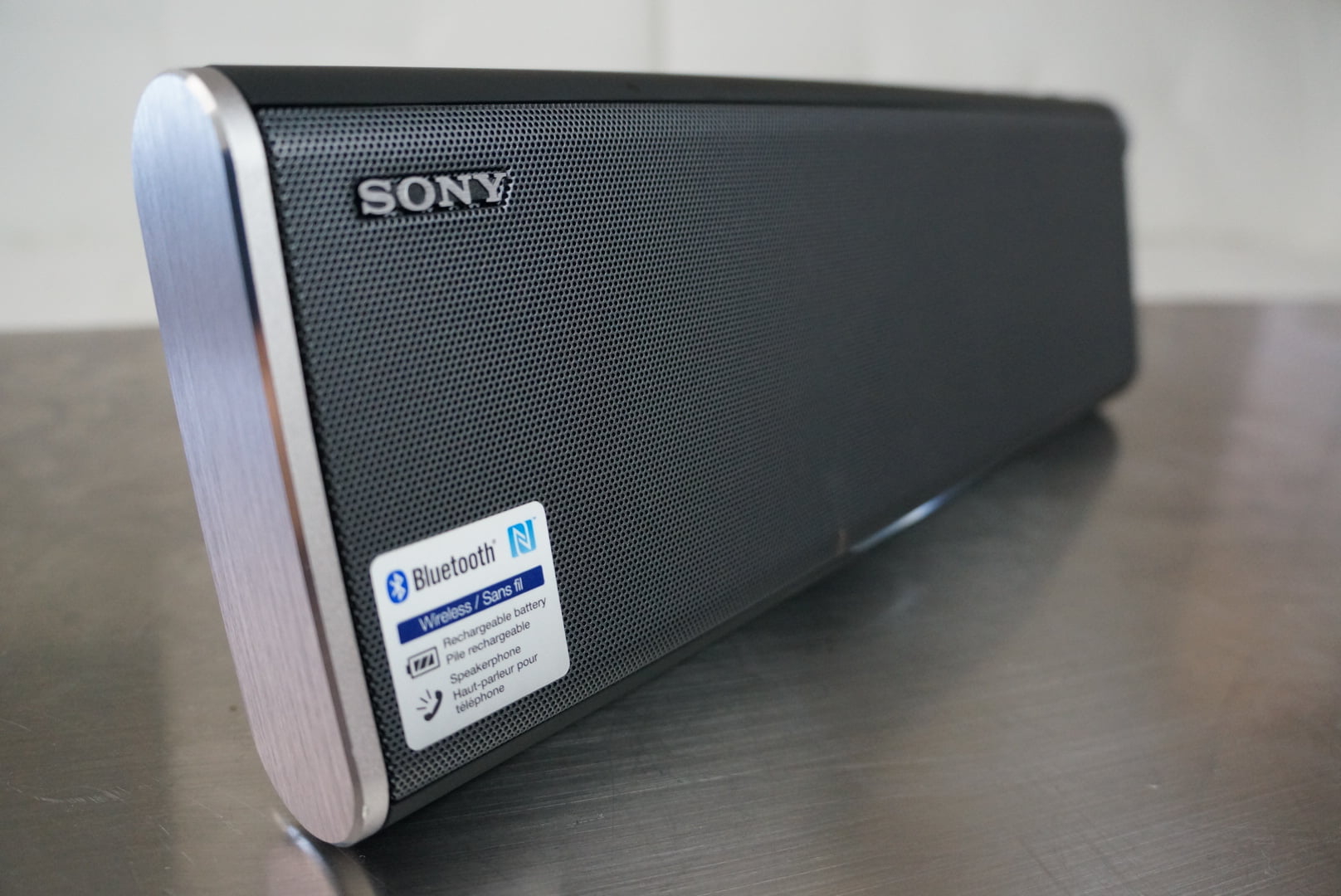It’s the time of year for saving money!
According to a recent Washington Post article, titled Stuff it: Millennials Nix Their Parents’ Treasures baby boomers are finding that the things they considered valuable and worth keeping are not seen in the same light by their younger relatives. According to the article, “Many millennials raised in the collect-’em-all culture (think McDonald’s Happy Meal toys and Beanie Babies) now prefer to live simpler lives with less stuff in smaller downtown spaces, far from the suburban homes with fussy window treatments and formal dining rooms that they grew up in.”
 A separate study by Futuresource shows that the same phenomenon that many older humans are experiencing with furniture also applies to audio gear. According to the latest Futuresource report, “Audio hardware continues to outpace the wider CE sector, with global Q4 sales growing 28% year-on-year to $10.2 billion.” But that big jump in sales volume is not from “traditional” hi-fi hardware, instead according to the study, “Despite strong overall performance from the sector, many sub-categories are beginning to shrink or slow down rapidly, placing some vendors in a precarious position. Hi-fi systems, loudspeakers, separates and soundbars are all among the losers in 2016, although audio growth elsewhere is eclipsing this downturn.” Now instead of big multi-channel sound systems, “Our quarterly figures show that home audio and headphones are both pushing the market forward, growing by 33% and 24% respectively, and our forecasts show continued growth throughout 2017.”
A separate study by Futuresource shows that the same phenomenon that many older humans are experiencing with furniture also applies to audio gear. According to the latest Futuresource report, “Audio hardware continues to outpace the wider CE sector, with global Q4 sales growing 28% year-on-year to $10.2 billion.” But that big jump in sales volume is not from “traditional” hi-fi hardware, instead according to the study, “Despite strong overall performance from the sector, many sub-categories are beginning to shrink or slow down rapidly, placing some vendors in a precarious position. Hi-fi systems, loudspeakers, separates and soundbars are all among the losers in 2016, although audio growth elsewhere is eclipsing this downturn.” Now instead of big multi-channel sound systems, “Our quarterly figures show that home audio and headphones are both pushing the market forward, growing by 33% and 24% respectively, and our forecasts show continued growth throughout 2017.”
So, what is included in this new “home audio” growth sector? From the study, “”Our Q4 figures show that Echo and Dot sales are surging forward, accounting for around 30% of wireless speaker sales in the US and seizing 34% of the category’s sales in the UK,” says Zlata Jelisejeva, Research Analyst at Futuresource. “Additionally, Apple’s decision to remove the 3.5mm headphone jack accelerated wireless headphone sales and boosted the wider market, with wireless representing 49% of US headphone sales in Q4.”
 What does this mean for the high-performance audio market? What it indicates to me is that the customers who ten years ago would have purchased an entry-level receiver and a set of loudspeakers to connect to it are now opting for a Bluetooth integrated wireless speaker. In most cases this monophonic system is used primarily for background music. High-performance sound evangelists will find little here to cheer about, since Bluetooth stand-alone loudspeakers are by-in-large a sonic dead end.
What does this mean for the high-performance audio market? What it indicates to me is that the customers who ten years ago would have purchased an entry-level receiver and a set of loudspeakers to connect to it are now opting for a Bluetooth integrated wireless speaker. In most cases this monophonic system is used primarily for background music. High-performance sound evangelists will find little here to cheer about, since Bluetooth stand-alone loudspeakers are by-in-large a sonic dead end.
During the boomer (and musical) salad days of the last century music lovers would usually start with a basic system and then progress up to a higher performance one as funds permitted. But a Bluetooth wireless speaker system is a final sonic destination, not a jumping off spot for better sound. The whole “grow them into audiophiles” paradigm seems almost completely moribund if this trend accelerates.
 But if you take a look at the Head-Fi site you would have to assume that the trade-up, move-up, paradigm is alive and quite well when it comes to headphones and portable players. This seems like a contradiction, but if you factor in the Washington Post article it all makes perfect sense. Young audiophiles are embracing high-performance sound, but they are doing it with personal and portable devices for solo listening. The group listening experience, as in “let’s sit down and listen to your stereo” is not part of the new high-performance audio experience.
But if you take a look at the Head-Fi site you would have to assume that the trade-up, move-up, paradigm is alive and quite well when it comes to headphones and portable players. This seems like a contradiction, but if you factor in the Washington Post article it all makes perfect sense. Young audiophiles are embracing high-performance sound, but they are doing it with personal and portable devices for solo listening. The group listening experience, as in “let’s sit down and listen to your stereo” is not part of the new high-performance audio experience.
Is this a good thing or a bad thing? I guess if you are a boomer-age audiophile that all depends on how much gear you already own. And if you are a “traditional” audio manufacturer, you have a problem…








